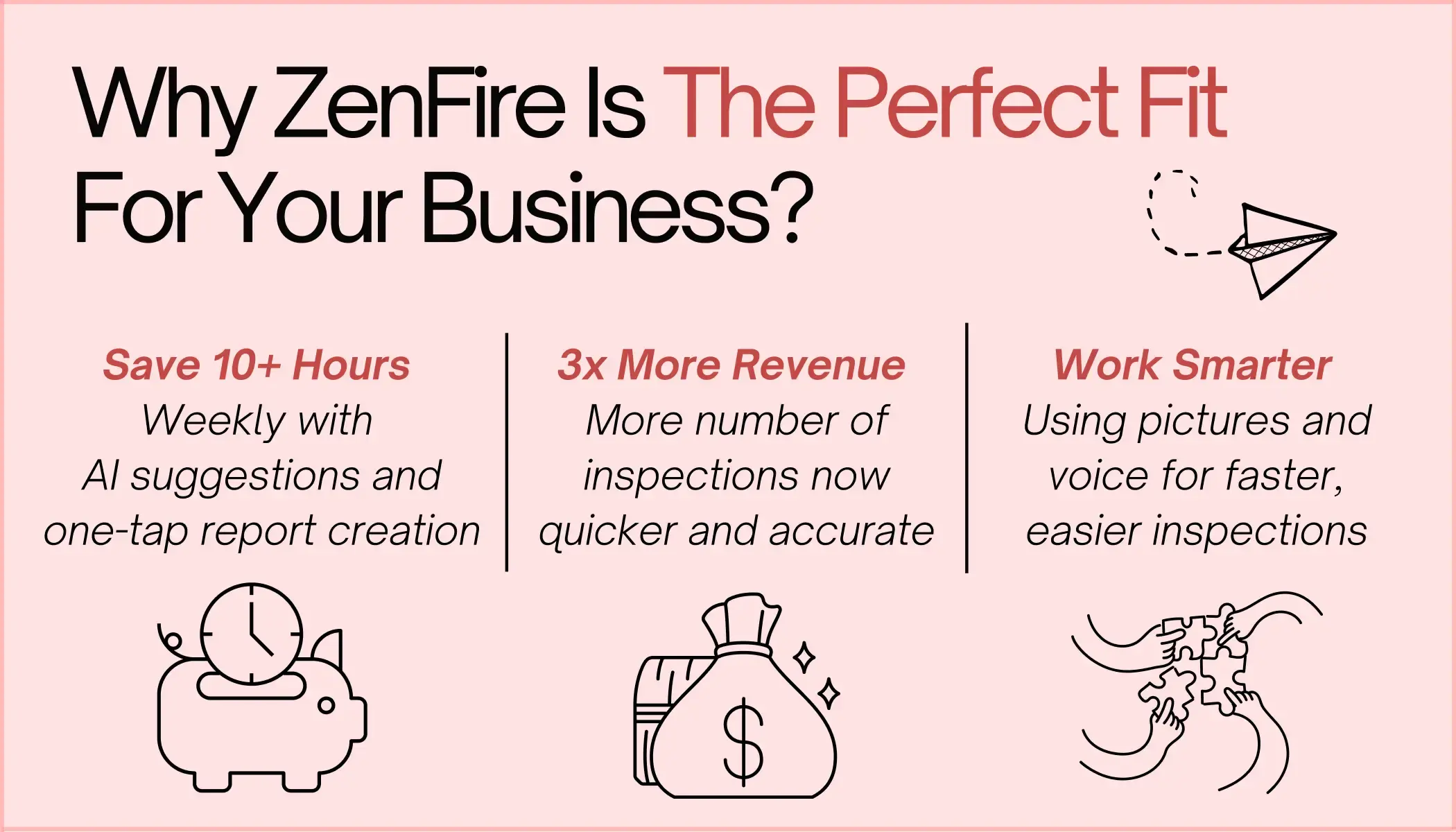
- NFPA is a global authority that develops 300+ fire safety codes & standards.
- It began in 1896 to standardize fire sprinkler systems.
- NFPA codes are dynamic, updated every 3 years through open consensus.
- It offers training, certification & community safety programs.
- NFPA differs from OSHA & ICC by focusing on protection & safe evacuation.
If you have ever walked into an annual fire safety inspection or come across a compliance report, it’s very likely that you have come across the letter NFPA. But what is NFPA? What does NFPA stand for? Is it just a name on the cover of every standard manual you pick for any life safety system?
NFPA stands for National Fire Protection Association, and it is a self-funded, non-profit organization. Its mission is to save lives and prevent any injury, property damage, or economic loss by sharing information and knowledge. It is the invisible framework behind every smart fire prevention decision, every reliable alarm system, and every code-compliant facility. Till now, we have broken down NFPA from an acronym and even given a standard definition of it. But there’s more to it. So, let’s get into what NFPA actually is and why every fire safety professional should be fluent in its language.
In this article, we are going to discuss the background of NFPA, how it plays an important role in fire safety, the most relevant NFPA codes and standards, and how it differs from other standard organizations.
Table of Contents
What is NFPA?
The National Fire Protection Association (NFPA) is a global authority that has written and maintained over 300 codes and standards on fire protection, life safety, electrical hazards, and emergency response systems. But it is not just a publisher of codes and standards. It is the reason why fire safety has become a science-backed, systemized, and enforceable discipline. So, to understand NFPA, let’s go back to where it all began.
The History Of NFPA
In the late 19th century, the factories and warehouses were growing rapidly in the United States, which led to increased fire risk. Manufacturers were producing sprinkler systems, but each of them had their own installation methods and performance assumptions. So, there was no standardization. In order to address this, a group of engineers and fire insurers met in Boston in 1895 with the goal of standardizing the installation of fire sprinkler systems. And in the following year, the National Fire Protection Association was officially formed, and their first publication was NFPA 13 – Standard for the Installation of Sprinkler Systems.
From then on, NFPA expanded and published codes on fire extinguishers (NFPA 10), electrical safety (NFPA 70), fire alarm and signaling systems (NFPA 72), and life safety in buildings (NFPA 101). Its membership grew with time, and people from various backgrounds, like fire service personnel, engineers, architects, insurance professionals, facility managers, and public safety officials, joined. By the 1970s, many states and local jurisdictions adopted their standards as law, and today their codes are used and referenced in over 50 countries.
Current NFPA
This non-profit organization is now headquartered in Quincy, Massachusetts, and its digital transformation through NFPA LiNK has helped professionals to access real-time standards, annotations, and cross-references, thus helping fire safety professionals, engineers, inspectors, first responders, insurers, and policy makers across the world.
How Does NFPA Play a Critical Role In Fire Protection
NFPA proudly states its mission as “To eliminate death, injury, property, and economic loss due to fire, electrical, and related hazards”. But how does it deliver on this mission? Let’s go through some of their strategies one by one:
Making The Responders and Inspectors Confident and Capable
NFPA provides live virtual training, on-site sessions, and certification programs to first responders, fire inspectors, facility managers, and safety professionals, and equips them with the skills that are needed to implement the standards in high-risk environments. Some of these programs cover fire and life safety inspections, electrical hazard identification, incident investigation, hazardous material response, etc.
Addressing The Emerging Hazards
NFPA works with other organizations and research bodies to address some of the emerging hazards, like lithium-ion battery fires, energy storage systems, wildland-urban interface (WUI) fires, smart buildings, and IoT vulnerabilities. Moreover, organizing events like the NFPA Conference and Expo brings together the industry leaders to exchange insights, preview new standards, and build a strong community.
Supporting Community Safety and Awareness
You might recognize Sparky the Fire Dog, whose role was to teach fire safety and other important safety topics. He is the beloved mascot of the National Fire Protection Association and has been a symbol of fire safety since 1951. He is used in campaigns that teach families, especially children, about smoke alarms, home escape plans, and seasonal hazards in order to protect themselves whenever a fire occurs.
NFPA Codes and Standards
There are over 300 codes and standards developed by NFPA, and it has the most comprehensive fire safety framework in the world. But this framework is not static, unlike other regulatory ones. The NFPA standards are continuously updated on a 3-year cycle on the basis of real-world issues and scientific research, and this revision is not a closed-door process. It follows the principles of ANSI, where any stakeholder, from a fire inspector to a building engineer, can submit input, raise objections, and suggest changes.
Even though there’s an entire catalog that addresses everything, there are some key codes and standards that directly affect fire prevention, life safety, and building safety. These codes are:
NFPA 1 (Fire Code)
NFPA 10 (Standard for Portable Fire Extinguishers)
NFPA 13 (Standard for the Installation of Sprinkler Systems)
NFPA 25 (Standard for the Inspection, Testing, and Maintenance of Water-Based Fire Protection Systems)
NFPA 72 (National Fire Alarm and Signaling Code)
NFPA 101 (Life Safety Code)
The Difference Between NFPA and Other Standard Organizations
Along with NFPA, there are other acronyms that you must have come across, such as ICC, IBC, OSHA, ANSI, ISO, etc., and most people do get confused in this maze of acronyms. So, let’s break down each of them and go through the key differences between NFPA and these organizations.
ICC (International Code Council)
ICC is known for its IBC (International Building Code), IFC (International Fire Code), and other construction codes. However, it focuses on building safety and how a building should be constructed, while NFPA focuses on how a building is protected and how people can safely escape it during emergencies. In many jurisdictions, IFC references NFPA, thus creating a synergistic relationship.
OSHA (Occupational Safety and Health Administration)
OSHA is a regulatory body and does not develop standards. It enforces workplace safety laws, and most of them are based on NFPA standards, especially when it comes to electrical hazards, fire extinguishers, and emergency planning. For example, OSHA’s requirements for portable fire extinguishers are based on NFPA 10.
ANSI (American National Standards Institute)
ANSI does not write standards, but it verifies the credibility of the process used to write the standards to make sure that the process was open, balanced, and consensus-driven.
Conclusion
Understanding NFPA is more than just knowing the codes it has published. It is also about the intention with which these codes were written and are revised every 3 years, which is to protect the lives and property from fire and other hazards. That’s why you have to keep up with the evolving regulations and make sure that every building is compliant with them.
ZenFire is an AI-powered fire inspection software that not only helps you inspect multiple sites efficiently but also streamlines your entire business operations. Our digital solutions automate scheduling, inspection, and documentation while aligning with the latest NFPA codes and standards. Not only that, we have created countless free fire inspection checklists to make sure that the inspection process is smooth and accurate.
Schedule a free demo with us today and transform your fire safety business digitally and boost revenue!

Get Insights Delivered Straight
To Your Inbox!
Related Reading
Why Your Field Software Management Software Needs QuickBooks Integration
ZenTrades Why Your Field Service Management Software Needs QuickBooks Integration Read More Request Demo...
Read MoreZenTrades How To Manage Electrical Service Agreements Like...
Read MoreZenTrades The Best 5 Jobber Alternatives In 2023...
Read More

